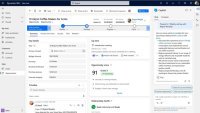Power BI is Microsoft’s solution for data analysis, falling under the category of self-service Business Intelligence. Power BI makes it easy to connect, transform, and visualize data from multiple sources and enables the design of reports and interactive dashboards, supporting strategic decision-making through a collaborative and dynamic environment.
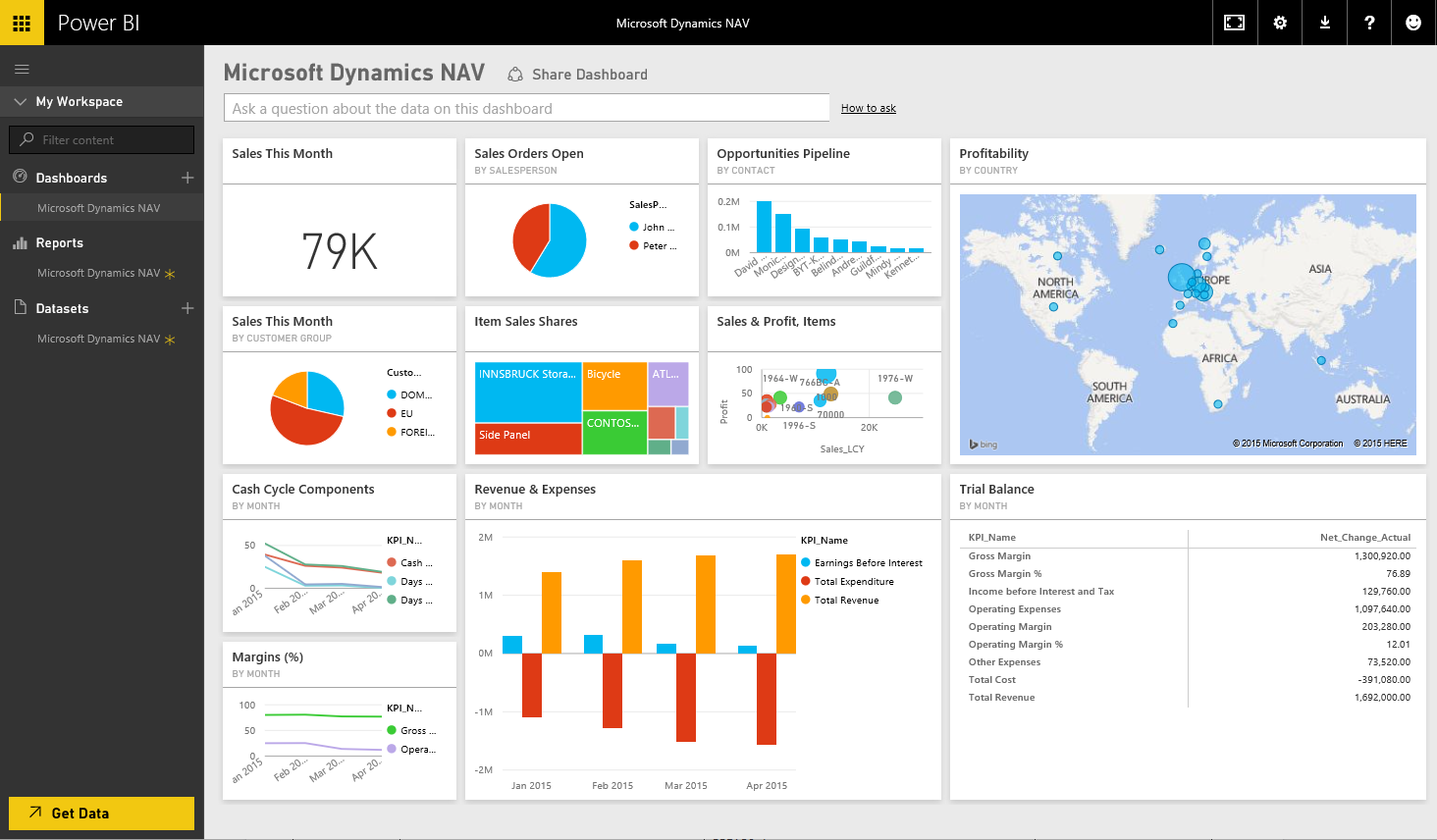
Power BI is a data analysis, visualization, and Business Intelligence tool aimed at transforming information into actionable insights through an interactive and collaborative environment.
The solution stands out for its ability to connect various data sources and manage complex information models without requiring extensive manual processes. Its native integration with the Microsoft ecosystem and other platforms facilitates information flow, allowing business users and analysts to leverage advanced features such as data modeling, the use of the DAX language for custom calculations, and the creation of interactive reports.
The Power BI environment shows a strong focus on innovation and accessibility. With real-time update capabilities and highly customizable dashboards, the tool allows users to discover trends, identify opportunities, and anticipate scenarios using predictive analytics. The wide range of built-in visualizations and the ability to include custom visuals add value to critical decision-making processes.
Moreover, the platform’s robust architecture supports the adoption of advanced techniques, such as the integration of artificial intelligence in data analysis. This approach fosters a smooth and collaborative experience, optimizing performance in dynamic business environments. Each of these aspects contributes to positioning Power BI as a preferred choice for organizations that require agility and depth in their analytics.
Data analysis is performed using the Power BI Desktop software, which is free to download and use. It connects to a cloud space where users can share their reports and analyses with other members of the organization.
The basic Power BI cloud account is free, but comes with limitations such as 1 GB of storage per user, update frequency, and data transfer, which are much more restricted compared to the paid Power BI Pro option. Pro also enables more data source connections, advanced collaboration options, and role- and group-based access management using Office 365 or Active Directory.
The solution includes specific applications for viewing data created with Power BI Desktop on mobile devices, using the Power BI Mobile apps.
With the Power BI Embedded product, and through the REST APIs and Power BI SDK, it is possible to embed Power BI visuals into cloud applications hosted on Azure.
Power BI Components
-
Power BI Desktop: Enables the design of complex data models and building of interactive reports. It uses Power Query for data ingestion and transformation, and the powerful DAX language to define custom measures and calculations. Its drag-and-drop interface simplifies the creation of visualizations and the establishment of relationships between various information sources.
-
Power BI Service (Cloud): An online platform that enables the publishing and sharing of reports. Through this service, users can schedule automatic updates, collaborate in real time, and access advanced AI features like predictive analytics and interactive data filtering.
-
Power BI Mobile: Extends functionality to mobile devices, ensuring that executives and analysts can access reports and dashboards anytime, regardless of their location.
-
Power BI Report Server and Power BI Embedded: Offer alternatives for implementing on-premises solutions or embedding reports within custom applications, enhancing integration flexibility in heterogeneous business environments.
Strengths and Weaknesses
| Strengths | Weaknesses |
|---|---|
| - Native integration with multiple data sources. | - Steep learning curve for users without experience in advanced analysis. |
| - Interactive and customizable visualizations for reports and dashboards. | - Dependence on a stable Internet connection to take full advantage of cloud and collaborative features. |
| - Real-time updates that support decision-making based on current information. | - Additional cost required to access premium features and advanced versions (e.g., Power BI Pro and Premium). |
| - Ability to manage large volumes of data and complex models using DAX. | - Limited customization options for some visual objects compared to highly specialized tools. |
| - Mobile device accessibility, increasing information adoption and mobility. | - May be overkill for users who only need simple analysis or basic data visualization. |
Resources on Microsoft Power BI
- Printer-friendly version
- Log in to post comments

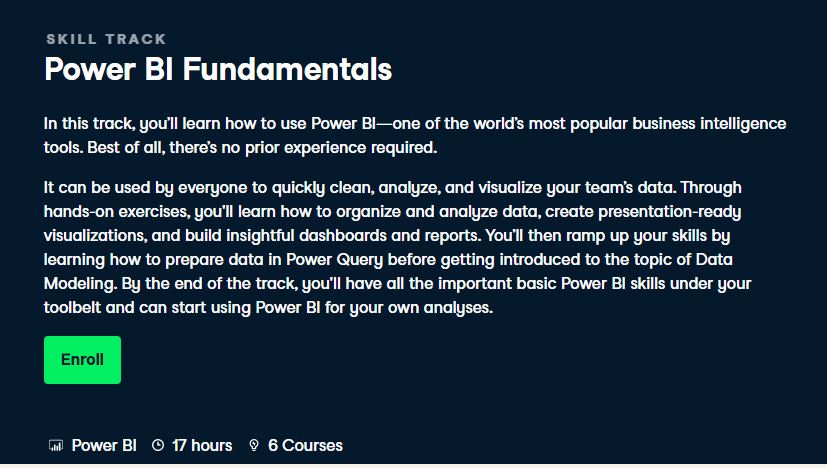
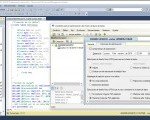 Microsoft SQL Server is Microsoft's classic relational database management system (RDBMS) and one of the best-selling databases on the market.
Microsoft SQL Server is Microsoft's classic relational database management system (RDBMS) and one of the best-selling databases on the market.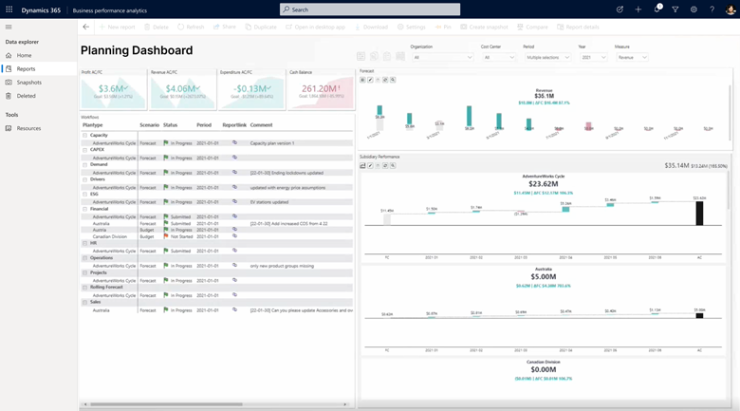 Microsoft Dynamics 365 ERP provides an integrated set of cloud-based business applications that automate and connect key finance, supply chain, project…
Microsoft Dynamics 365 ERP provides an integrated set of cloud-based business applications that automate and connect key finance, supply chain, project…